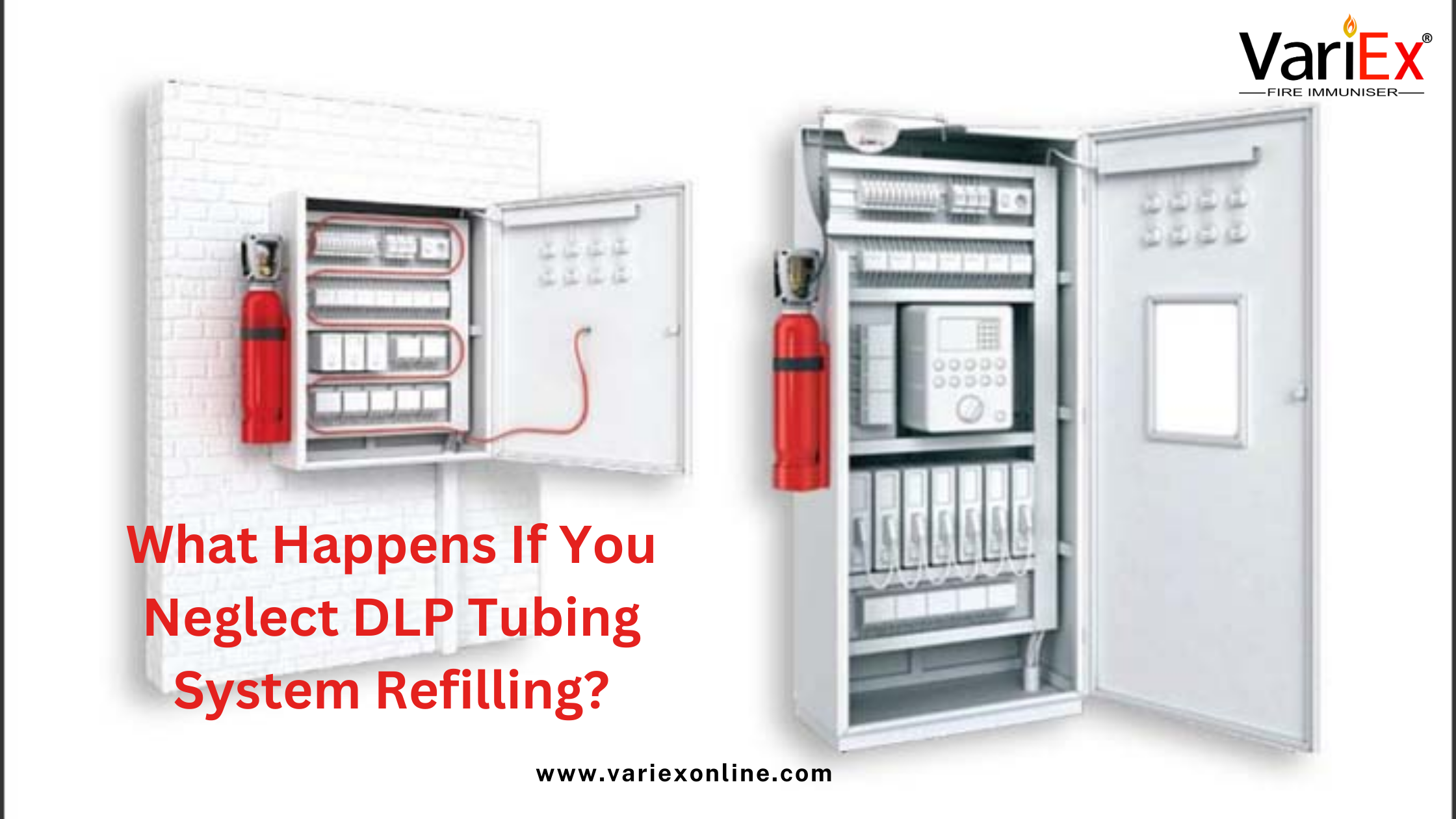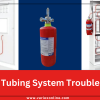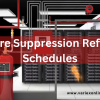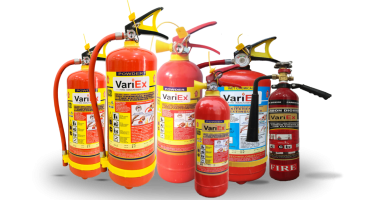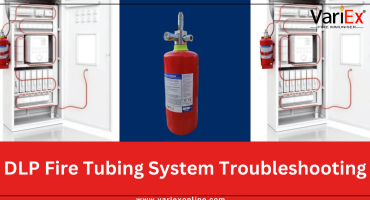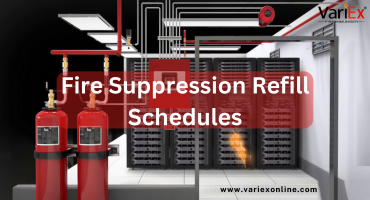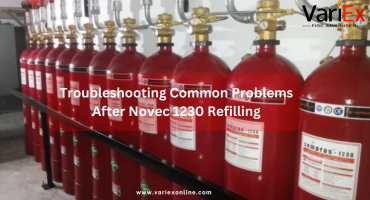![]()
Fire Immuniser
+91-7829629111
Email: info@variex.in
Varistor Technologies Pvt. Ltd.
Block-1, First Floor, Ardente Office One, Hoodi Circle, ITPL Main Road, Bengaluru, Karnataka 560048, IN
What Happens If You Neglect DLP Tubing System Refilling?
What Happens If You Neglect DLP Tubing System Refilling?
When it comes to fire suppression, the DLP (Direct Low Pressure) fire tubing system is one of the most efficient and compact solutions available today. It’s widely used in areas like electrical panels, server rooms, CNC machines, and other enclosed spaces where fires could start unnoticed.
But here’s the catch: many organizations neglect one of the most critical maintenance tasks—refilling the DLP tubing system after discharge or over time. This negligence can compromise the entire system, leaving your business exposed to severe consequences.
In this blog, we explore what happens if you don’t refill your DLP tubing system, the risks involved, signs of a depleted system, and how to avoid costly damage.
What Is DLP Tubing Refilling?
DLP tubing refilling refers to the process of recharging the clean agent or suppressant cylinder that feeds the fire suppression tubing system. When the tubing bursts during a fire, the agent is released, and the cylinder becomes empty or partially discharged.
Refilling ensures that:
The system is ready for the next fire event
The pressure levels are restored
Safety compliance is maintained
Without timely refilling, the system becomes just a shell—incapable of suppressing any fire.
Why People Neglect Refilling
Some common reasons for overlooking DLP system refills include:
False sense of security due to no recent fire events
Lack of scheduled maintenance protocols
Limited knowledge of refill intervals
Budget cuts or cost-saving decisions
No visible indicators of suppressant loss
While it might seem like a low-priority task, neglecting this step is a ticking time bomb.
Consequences of Neglecting DLP Tubing System Refilling
Let’s break down the risks and consequences that can arise from ignoring this critical maintenance task:
| Neglect Result | Description | Impact Severity |
|---|---|---|
| System failure during fire | No suppressant released when fire occurs | Catastrophic |
| Voided fire safety compliance | Violates NFPA, ISO, and local safety codes | Legal/Insurance penalties |
| Equipment damage and data loss | Fire spreads to machinery or server racks | Expensive & disruptive |
| Increased insurance premiums or denial | Insurers may deny claims due to non-compliance | Financial liability |
| False sense of security | Occupants assume protection that doesn't exist | Life-threatening |
| Permanent damage to brand reputation | Fire incident causes bad press or downtime | Long-term business impact |
| More expensive repairs | Burned equipment and infrastructure must be replaced | Financial burden |
System Failure During a Fire
The most dangerous result is total system failure when a fire breaks out. If the clean agent cylinder is empty or under-pressurized, even if the tubing bursts as expected, there will be no agent to suppress the flames. This leads to:
Rapid fire escalation
Complete equipment destruction
Potential loss of life
In critical environments like server rooms or power panels, this risk is amplified.
Non-Compliance and Legal Liability
Refilling fire suppression systems is mandatory under NFPA and ISO standards. Ignoring refills puts you in violation of fire safety regulations, leading to:
Fines from fire departments or auditors
Legal liability in case of injury or property loss
Suspension of operation permits in some jurisdictions
Insurance Implications
Insurance companies require proof of system functionality. If your DLP system is found to be empty or non-functional after an incident:
Claims may be denied
Premiums may increase
Coverage may be canceled
This alone can cost businesses tens or hundreds of thousands of dollars.
Hidden Costs of Equipment Damage
While the upfront cost of a DLP refill is relatively minor, the replacement cost of damaged equipment is not. A neglected system could result in:
Damaged control panels
Melted wiring and infrastructure
Destroyed computer servers or robotic arms
Costly operational downtime
Prevention is cheaper than repair—always.
Early Signs That Your System Needs Refilling
It’s essential to watch out for the early indicators of a depleted or discharged system, including:
Cylinder pressure below recommended level
Visual indicators (low-pressure gauge or warning light)
System activation history showing recent discharge
No service logs indicating last refill date
Audible alarms without actual agent release
A professional inspection can verify if refilling is needed.
How Often Should You Refill?
DLP tubing systems should be:
Inspected monthly (visual and pressure gauge check)
Serviced quarterly (professional assessment)
Refilled immediately after any discharge
Even if no discharge has occurred, agents can slowly leak over time, especially in older systems. Most manufacturers recommend checking refill needs at least annually.
Cost Comparison: Refilling vs. Fire Damage
Here’s a quick comparison of potential costs:
| Action | Average Cost | Outcome |
|---|---|---|
| Timely DLP system refill | ₹12,812 – ₹34,171 | Full fire protection and code compliance |
| Equipment replacement after fire | ₹426050-₹85,43,280+ | Downtime, loss of operations |
| Insurance claim denial | Full loss of claim (varies) | Financial burden on company |
| Regulatory fine or shutdown | ₹85,432 -₹42,71,638 | Disruption of business and legal consequences |
This comparison makes it clear: skipping a refill is not worth the risk.
How to Schedule a Refill
To prevent any of these consequences:
Partner with a certified fire safety provider
Keep a digital log of service and refill dates
Implement calendar-based maintenance reminders
Train staff to check system gauges and indicators
Run annual pressure and functionality tests
Conclusion: Refilling Is Not Optional—It’s Critical
Neglecting DLP tubing system refilling is not a small oversight—it’s a major risk. From total fire system failure to legal consequences and financial loss, the dangers of skipping a refill far outweigh the time or cost saved.
Proactive refilling is:
Affordable
Quick
Life-saving
Treat your fire suppression system like the life-saving technology it is. Don’t wait until it’s too late.
Frequently Asked Questions
You should refill immediately after discharge and inspect annually to check for pressure drops.
Your system won’t function in the next fire event, putting lives and property at serious risk.
Yes. Check the cylinder pressure gauge and system indicators monthly, but always confirm with a certified technician.
Not at all. It’s far more cost-effective than dealing with post-fire recovery, fines, or legal trouble.
Yes. Over time, pressure can drop or leaks can occur, even if no fire has happened.
Final Say
At VariEx.in and VariexOnline.com, we specialize in supplying and installing top-quality fire fighting systems and equipment. From fire extinguishers to advanced suppression systems, we offer comprehensive solutions tailored to your needs. Our experienced team ensures precise installation and maintenance for optimal safety.
Trust VariEx for reliable fire protection. Contact us online or call 7829629111 to learn more.
We specialize in manufacturing, supplying, and distributing a comprehensive range of fire fighting equipment, including state-of-the-art fire extinguishers. Read our most searched blogs and find interesting information on topics such as how to use a fire extinguisher, how to calculate fire fighting water tank capacity, fire extinguisher refilling, obtaining a Fire NOC, understanding fire fighting systems, types of fire protection systems, the fire hydrant system, and the fire sprinkler system. These resources provide essential knowledge for ensuring safety and compliance with fire safety regulations. Additionally, you can explore guides on the maintenance of fire protection equipment, the latest advancements in fire safety technology, and best practices for fire risk assessment and management.
Our expertise extends to fire alarm systems, fire hydrant systems, and fire suppression systems, including fire sprinklers. Each product meets rigorous international standards for reliability and performance, ensuring effective fire safety products tailored to diverse applications and industries. Additionally, we are providing Fire Extinguisher Refilling and AMC services to ensure ongoing maintenance and operational readiness of fire safety equipment.


